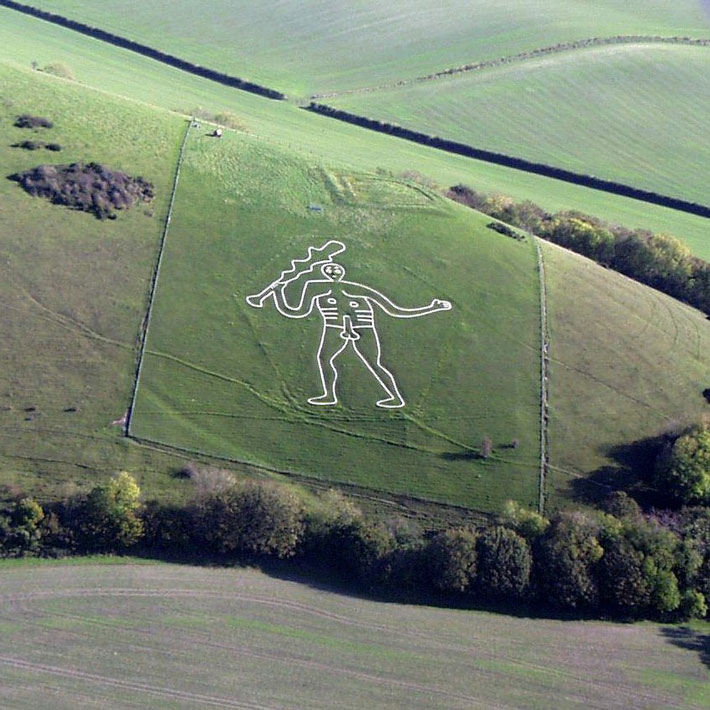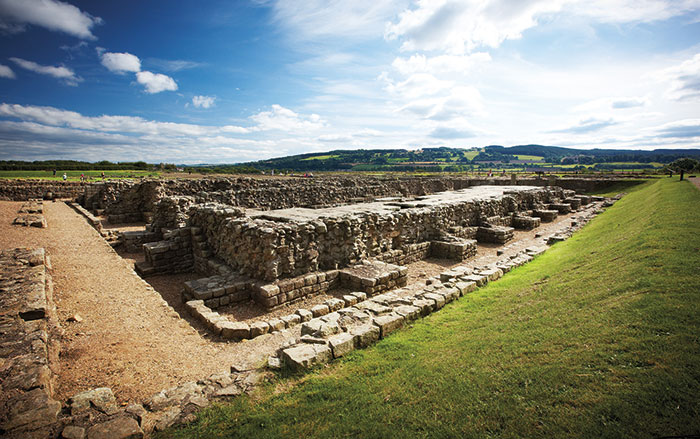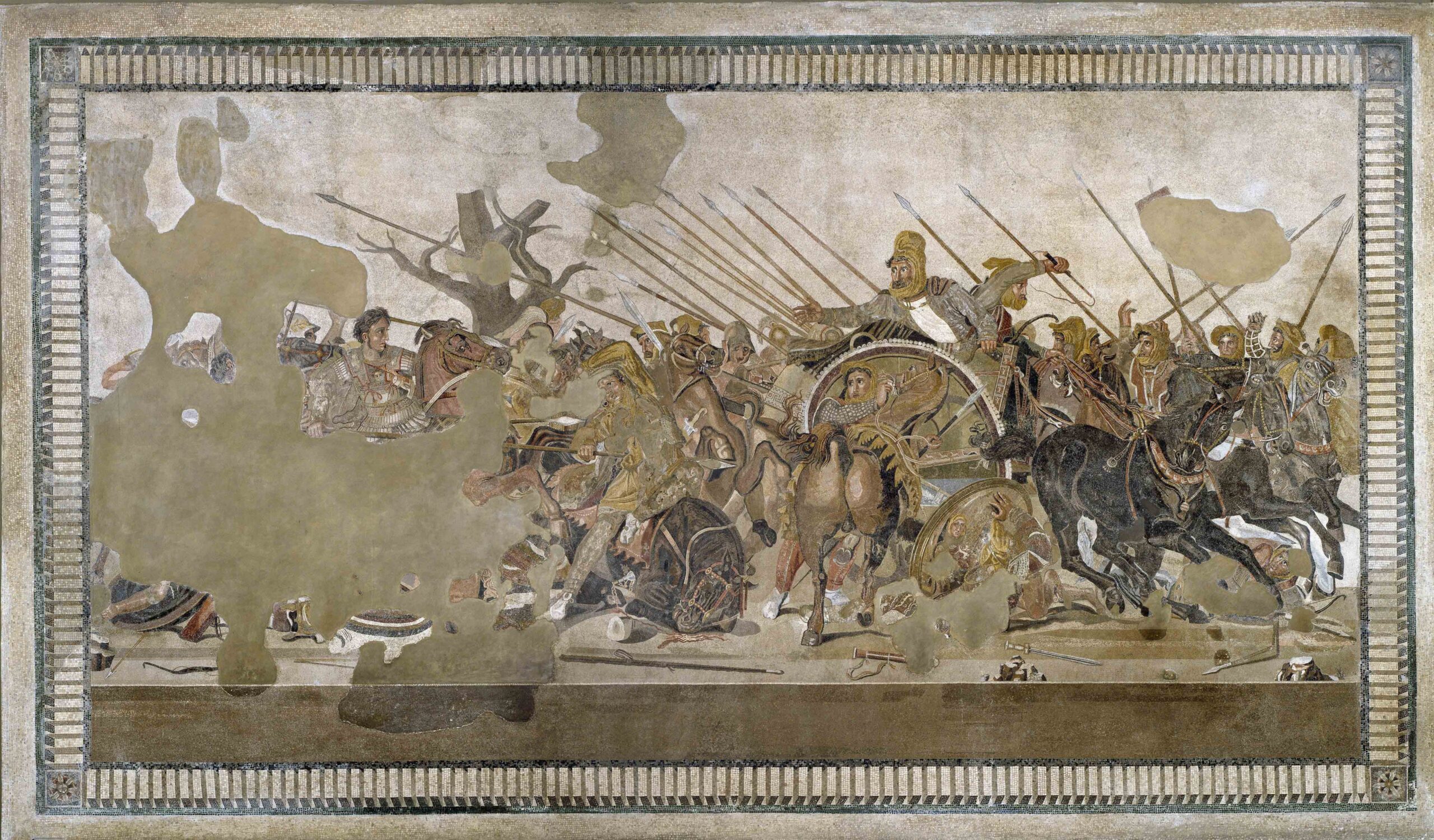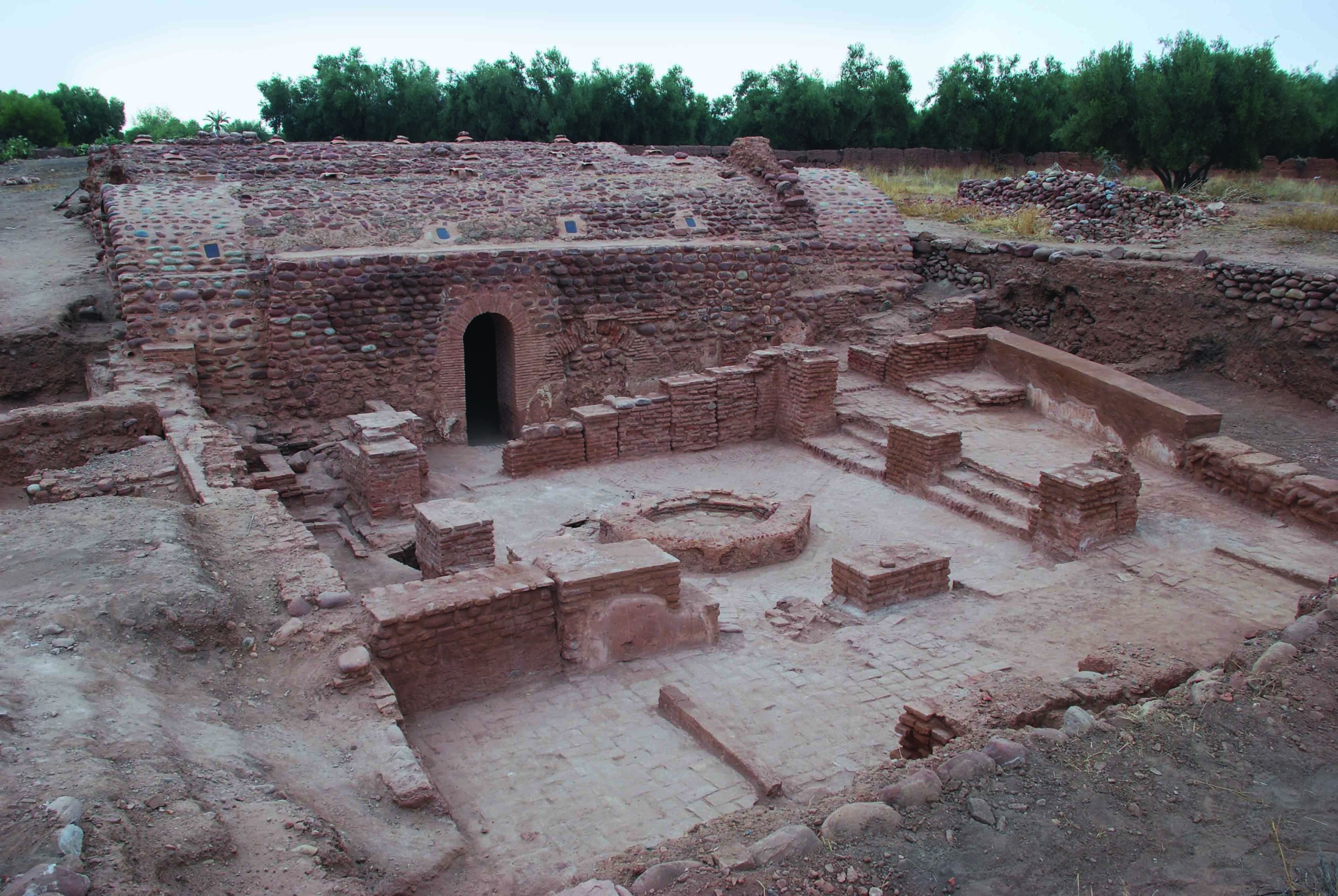
DORSET, ENGLAND—BBC News reports that land snail shells discovered in soil samples taken from the Cerne Abbas Giant, a figure carved into a chalk hillside in southwest England, suggest that the landmark is unlikely to be prehistoric, and probably dates to the Middle Ages, at the earliest. An exact date for the landmark derived from tests using optically stimulated luminescence (OSL), a technique that determines when minerals in the soil were last exposed to sunlight, is expected later this year, but researchers have now identified a snail species in the samples known to have arrived in Britain sometime in the 13th or 14th centuries. "They arrived here accidentally, probably in straw and hay used as packing for goods from the continent," said environmental archaeologist Mike Allen. "Sadly, this shows the giant is unlikely to be prehistoric or Roman, and more likely dates to medieval times or later." The earliest mention of the Cerne Abbas Giant was recorded in 1694, and local folklore has long held the 180-foot chalk figure to be a fertility aid. Allen also said that the snail shell testing suggests that there have been periods in the figure's history when the giant was grown over with grass and other vegetation. To read about another chalk geoglyph in southern England, go to "White Horse of the Sun."










